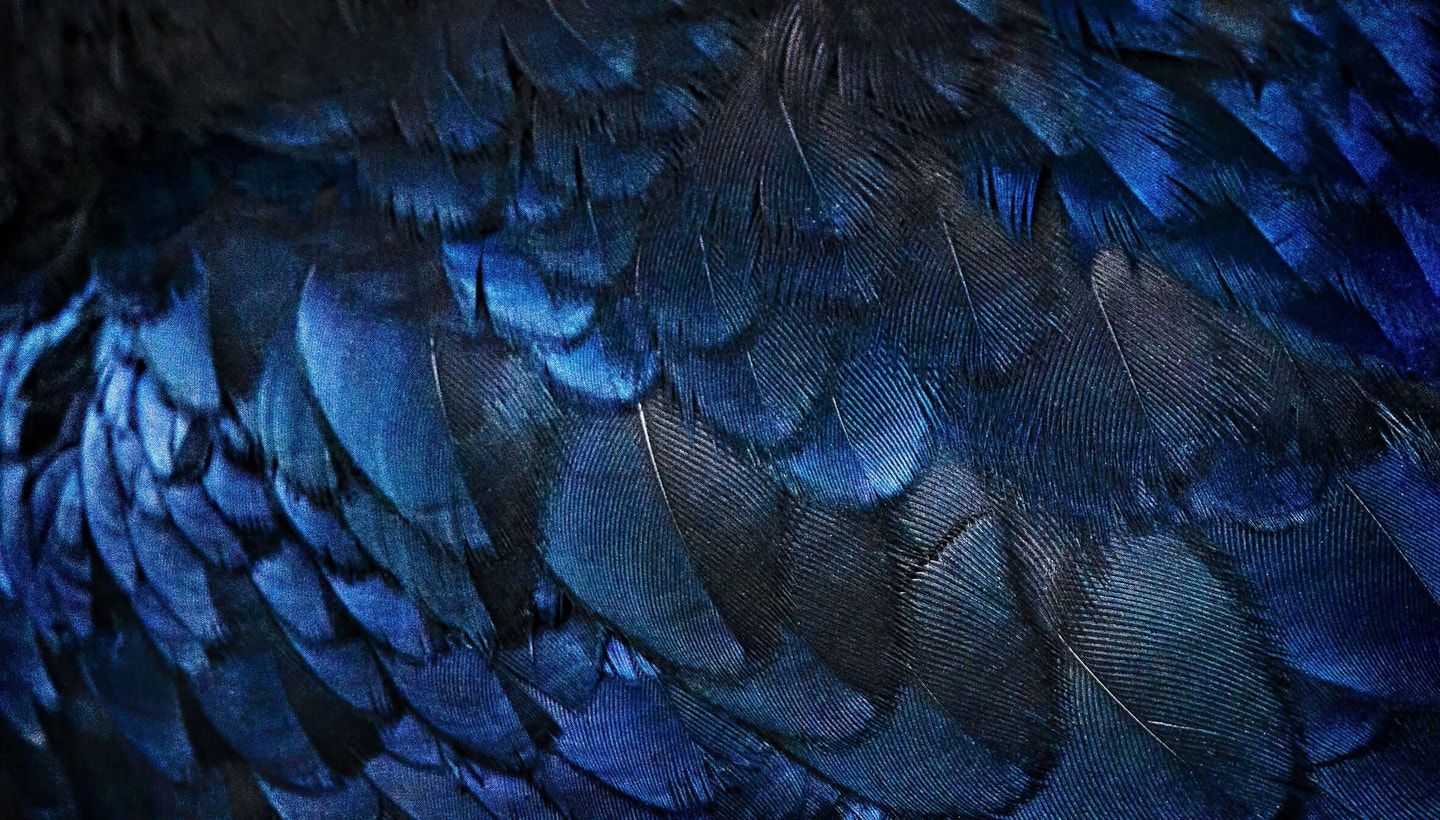La página que intenta visitar sólo está disponible en inglés. ¡Disculpa!
The page you are about to visit is currently only available in English. Sorry!

Birds are telling us—in their behavior, in their dwindling numbers, in their silence—that we must take action now, and that we must take action where birds need us most, from the Arctic to Chile and everywhere in between.
It’s time to rise to the occasion.
Generous people like you power our work to protect birds and the places they need.

